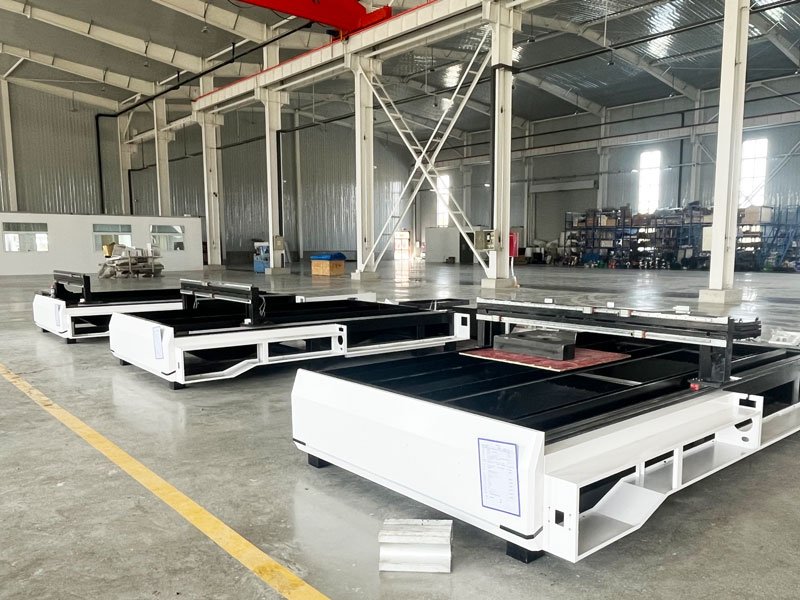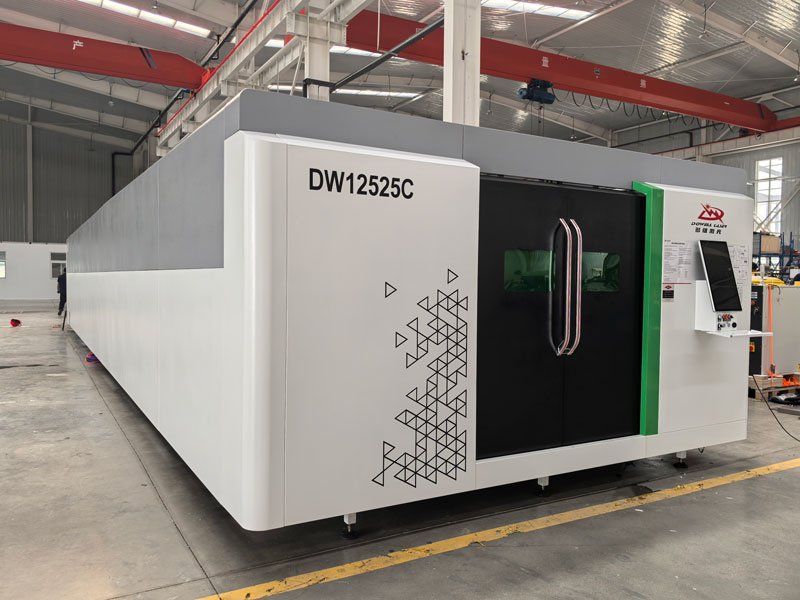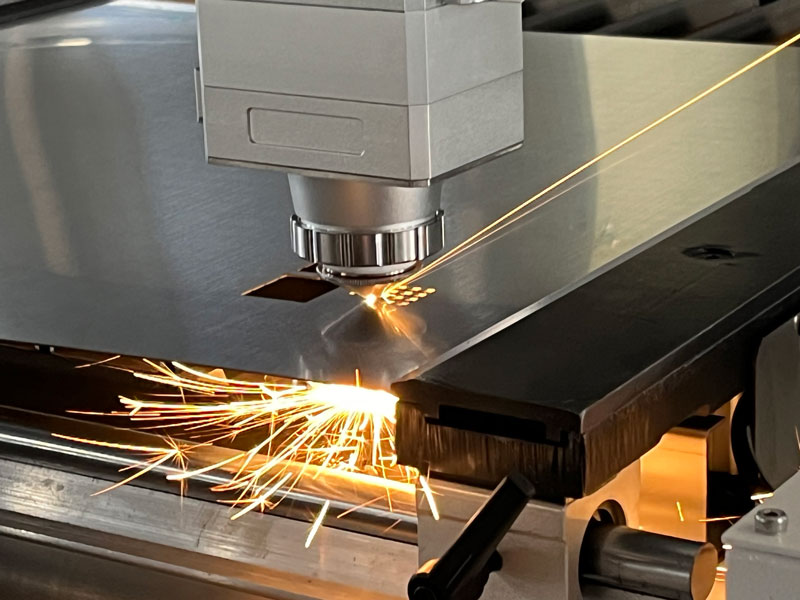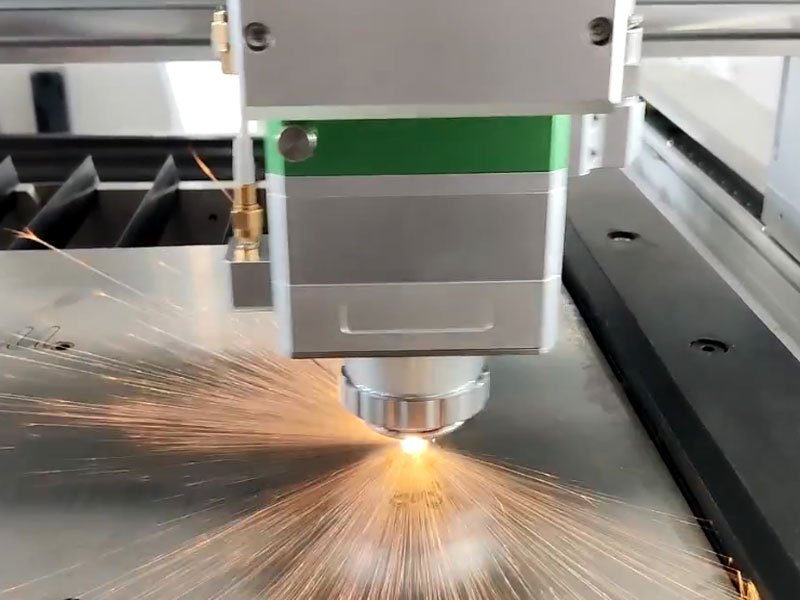Laser cutting is a process that uses a high intensity laser beam to cut materials. It offers several advantages over traditional cutting methods, including high precision, fast cutting speed, smooth edges, and no heat deformation. As a result, laser cutting is widely used in various industries, such as sheet metal fabrication, electronics, automotive, and aerospace.
In recent years, with the advancement of laser technology and the decline in costs, laser cutting machines have become more affordable, making them a viable option for many businesses.

Is a laser cutting business profitable?
The answer is yes, a laser cutting business can be profitable. However, it requires careful planning and execution to ensure success. Here are some key factors to consider:
Market Research: Before venturing into the laser cutting business, conduct thorough market research to understand market demand, competition, and industry trends. Having a clear understanding of the market will help you develop effective business strategies.
Equipment Selection: Laser cutting machines vary significantly in price and performance. Choose the machine that best suits your specific processing needs and budget. Consider factors like material compatibility, cutting power, bed size, and automation capabilities.
Personnel Training: Operating and maintaining laser cutting machines requires specialized skills. Invest in training your employees to ensure they can safely and efficiently operate the equipment. Proper training will minimize downtime and maximize productivity.
Cost Control: Laser cutting business costs include equipment depreciation, raw materials, labor, and utilities. Implement effective cost control measures to optimize expenses and improve profit margins.
After-Sales Service: Excellent after-sales service is crucial for customer satisfaction and retention. Provide prompt and reliable support to address customer inquiries and resolve any issues promptly. Positive customer experiences will encourage repeat business and referrals.

Successful Laser Cutting Business Examples:
- Sheet Metal Fabrication Company: This company invested in a high-end laser cutting machine to produce various sheet metal components. The laser cutter significantly improved processing efficiency, precision, and reduced production costs, leading to substantial profit gains.
- Electronics Manufacturer: This electronics company utilizes laser cutting to fabricate intricate electronic components. Laser cutting enhanced their production efficiency, product quality, and overall competitiveness in the market.
- Automotive Parts Manufacturer: This automotive parts manufacturer employs laser cutting to produce a wide range of automotive components. Laser cutting has streamlined their production process, improved product quality, reduced costs, and boosted profit margins.

What is the source of the laser cutting industry?
Main costs:
Equipment investment cost: The price of high-quality laser cutting machines ranges from 10,000 to 500,000 US dollars, which is a large initial investment.
Operation costs:
- Power consumption: Laser cutting machines consume a lot of electricity, especially CO2 laser cutting machines.
- Maintenance costs: Including regular maintenance, parts replacement, etc.
- Consumables replacement: Such as lasers, optical systems, etc. need to be replaced regularly.
- Labor costs: Wages of operators and managers.
- Raw material costs: Various metal and non-metal materials used for cutting.
Main sources of income:
- Cutting service fees: Provide customers with laser cutting processing services for various materials.
- Customized product sales: Use laser cutting technology to produce customized products, such as industrial parts, decorations, etc.
- Equipment sales: Some companies are also engaged in the production and sales of laser cutting equipment.
The profit level of the laser cutting industry is mainly affected by two factors: income and cost. The profitability of the industry can be improved by improving efficiency, reducing operating costs, and developing new application areas. With the advancement of technology and the growth of downstream demand, the laser cutting industry as a whole is showing a good development trend.

Заключение:
A laser cutting business can be a profitable venture, but it demands careful planning, strategic execution, and a commitment to quality. By conducting thorough market research, selecting the right equipment, investing in employee training, implementing effective cost control measures, and providing exceptional after-sales service, you can position your laser cutting business for success.
